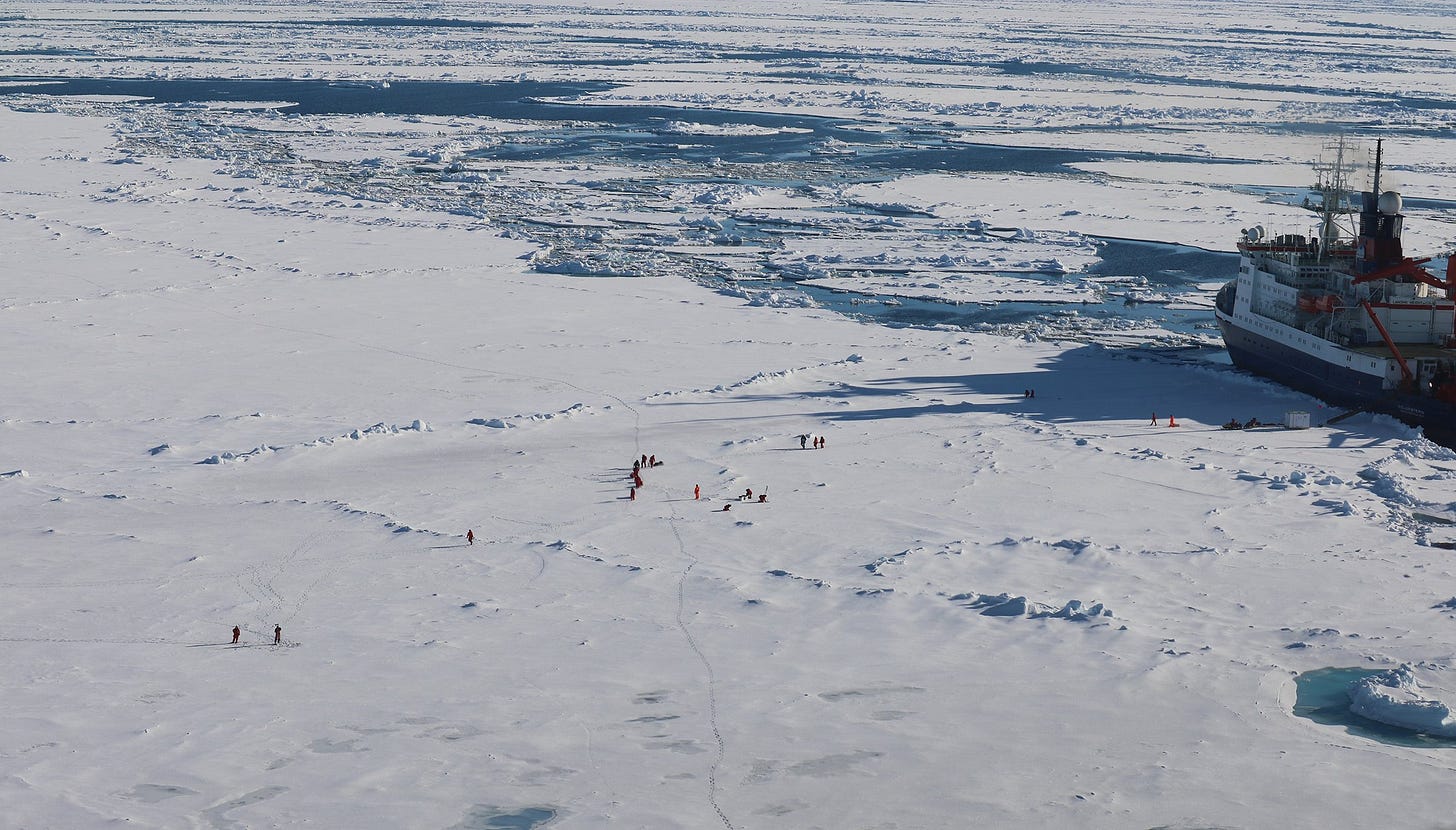Arctic climate modelling is too conservative
Climate models used by the UN's IPCC may be seriously underestimating Arctic temperature trends, with implications for global forecasts.
All science relies to some degree on modelling, whether it be in complex computer simulations, or thought experiments fleshed out with mathematics. Models can start off simplistic, and over time be tuned to better reflect observational reality as data and assumptions allow.
Climate models are necessarily complex beasts, with simulations that depend critically on hard-to-define boundary conditions, interlinked chemical reactions, and often uncertain transport processes. Global climate models tend to be accurate, and are ever improving. Geographical extremes, however, are more difficult to model, given the ocean and atmosphere transport mechanisms involved, less comprehensive observations, and various other factors.

A new study1 of the Arctic climate indicates that models used by the UN’s Intergovernmental Panel on Climate Change (IPCC) as the basis of periodic reports which attract a great deal of political and public attention are failing to accurately predict the future of the Arctic region. It appears that the rate of warming in the far north may be much faster than previously projected.
“These climate models underestimate the consequences of climate change,” says Céline Heuzé, a climatologist at the University of Göteborg who led the study. “In reality, the relatively warm waters in the Arctic regions are even warmer, and closer to the sea ice. Consequently, we believe that the Arctic sea ice will melt away faster than projected.”
Many have heard of the Gulf Stream, which carries warm water northwards from the Gulf of Mexico up the eastern coastline of North America, and then veers eastwards toward Europe. Ocean currents such as the Gulf Stream and North Atlantic Drift are a consequence of Earth’s rotation, and the result is that the climate of northern Europe is warmer than other areas of similar latitude. For example, the coast of Arctic Norway is free of sea ice, and the British Isles and Ireland are soggy.
When it comes to the Great White North, warm water flows into the Arctic Ocean via the Fram Strait between Greenland and Svalbard, but the volume and temperature of water in these ocean currents is set too low in climate models. There is also a problem with uncertain assumptions of Arctic Ocean stratification. Heuzé and her colleagues argue that since around half the models project an increase, and the other half a decrease in stratification, the degree of warming cannot be estimated accurately.
The answer to the problem is more hard data on ocean and atmosphere composition, temperature and transport in the Arctic, the collection of which must be a priority. What happens in the Arctic has global consequences, given that sea ice contributes to the albedo effect, where a white surface reflects sunlight away from the planet. Less ice means warmer water and air, and consequently even more ice loss.
“We need a climate model tailored to the Arctic,” says Heuzé. “In general, you can’t use the same model for the entire planet, as conditions vary considerably. A better idea would be to create a specific model for the Arctic that correctly factors in the processes occurring in the Arctic Ocean and surrounding land areas.”
Heuzé et al., “The Deep Arctic Ocean and Fram Strait in CMIP6 Models”, Journal of Climate 36, 2552 (2023); doi:10.1175/JCLI-D-22-0194.1.



